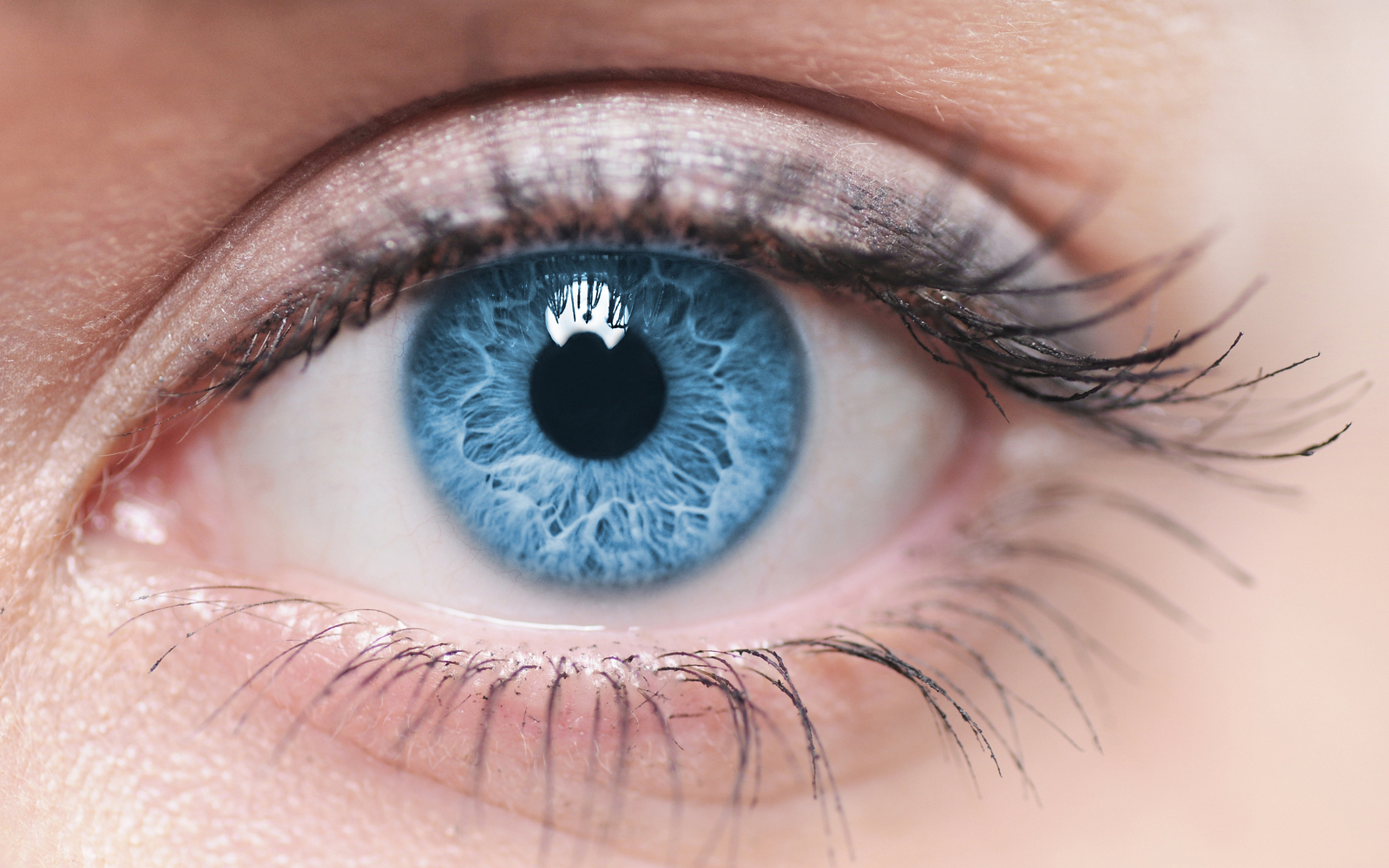How Your Eyes Work

Eyes are a complex system of connective tissues, nerve cells, and other networks that interpret light, texture, and shape. Eyes have a complex system that gives life to the world around us, but most often, people aren’t aware of how eyes work, and why we must care for and protect our vision. As optometrists, our job is to protect the eyes to help maintain its vision and functionality. We help treat eye disorders and diseases, give sight back to those who don’t have it, and continuously work with our patients to track their vision as they grow and age. Our jobs give us the ins and outs of how eyes work, and in this article, we’re here to provide you with a basic outline of your eyes from start to finish.
When Light Travels to the Eye
Light, whether from the sun or artificial light, will travel in a straight line and travel into the eye through the cornea, or pupil, which is the transparent outer covering of the eye. The cornea bends and refracts to allow the light to pass through, and the iris, or the colored part of the eye, controls the pupil’s size and regulates the amount of light that comes through.
The light then reaches the lens, which further flattens the shape of the light to focus them on the retina. The retina of the eye sits at the back and is connected to millions of nerve cells. There are two types of nerve cells, cones, and rods. Rods are responsible for low levels of light, which don’t affect color vision and doesn’t discriminate finer details in visual images. Cones respond to higher levels of light, have a higher color saturation, and can sense finer details in images. When light enters the retina, the cones activate at the macula area, allowing people to see clearly and sharply. Rods in these scenarios work on peripheral or side vision and work to detect motion and work primarily at night, where no or little dim light is present.
Once these cells have interpreted the light, the cells convert that light into a series of electrical impulses, sending those pulses to the optic nerve, which connects to the brain’s visual cortex. For those with visual problems, the light from the image cannot be processed and focused by the retina, leading to either short-sight or far-sight, which needs correcting by either contacts or glasses. Short-sighted people will be able to see images and light closely, but not so much further away. Far-sighted people can see pictures farther away but not up close. These eye troubles are often due to how the retina flattens the light and image present, and correcting the visual problems can reinforce how essential sight is to our lives.
If you’ve been experiencing visual problems, and wish to see an optometrist, contact Dr. Paul Trapeni, Jr at The Optical Shoppe in Smyrna, TN. He’ll happily be able to answer any questions you have about your eye vision and health.

Dr. Paul D. Trapeni JrAt The Optical Shoppe, we're dedicated to optometry excellence under the guidance of Dr. Paul D Trapeni. Serving the Smyrna community since 1989, Dr. Trapeni is a trusted member of the community, bringing general and specialized optometry care to individuals and families throughout the area.


